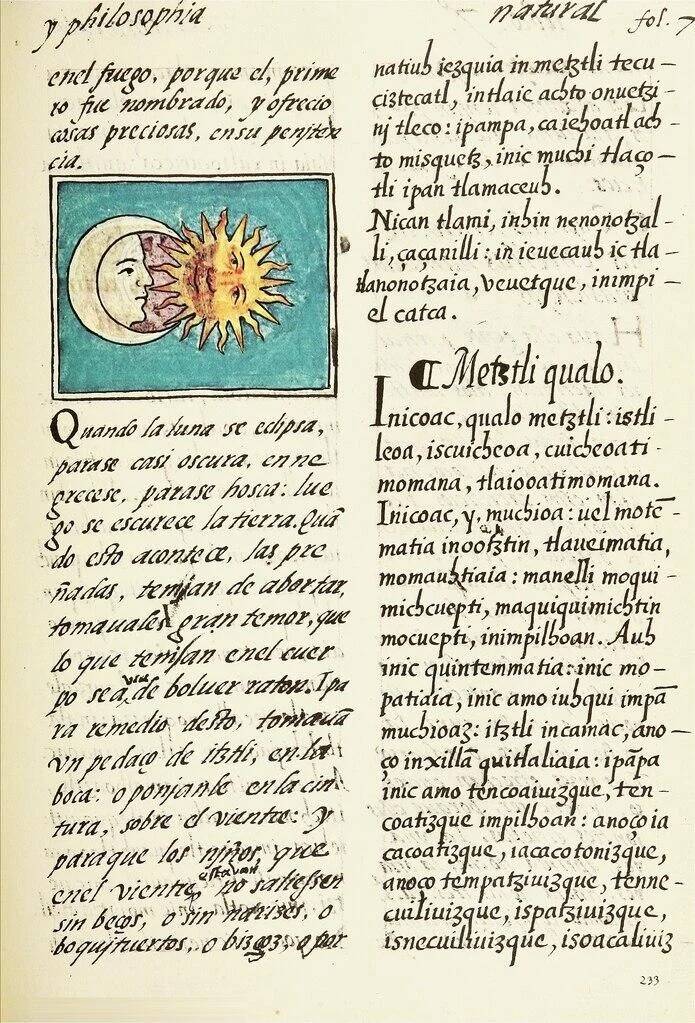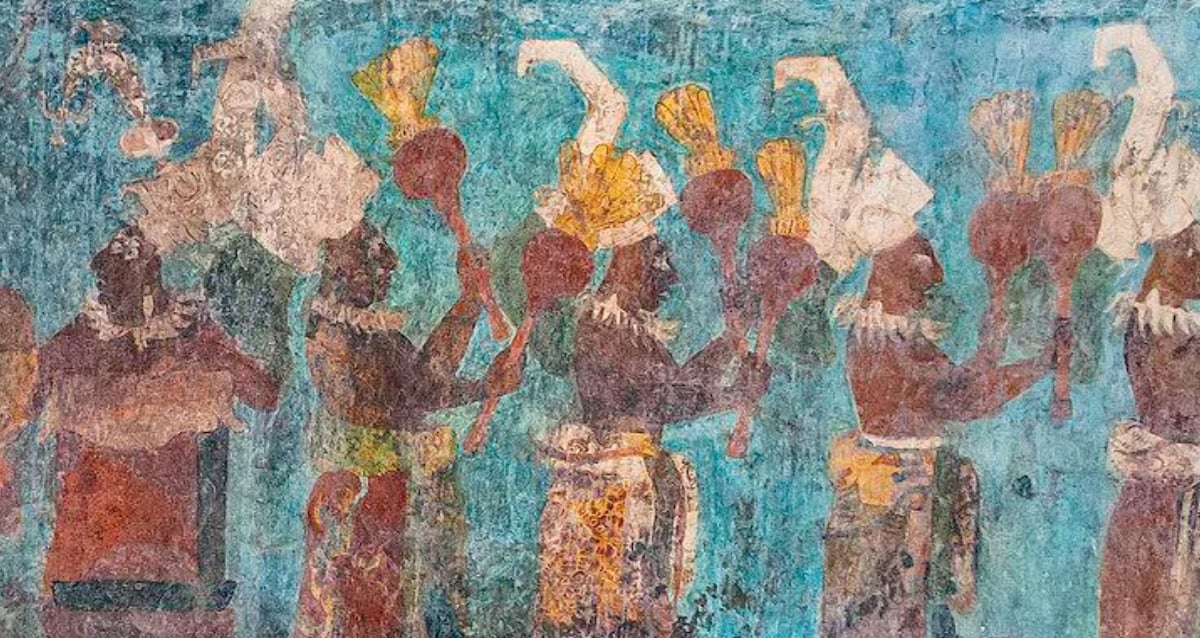Scientists Crack the Ancient Mystery Behind the Mesmerizing ‘Maya Blue’ Pigment—And the Secrets Are Stunning
Arnold’s initial research focused on the interplay between organic and inorganic materials in the creation of Maya blue. He explored the hypothesis that the Maya used a combination of indigo dye and palygorskite clay, subjected to specific heating processes, to produce the pigment. This approach of Arnold’s aimed to replicate the conditions and materials available to the ancient Maya, and revealed a missing component: copal, a tree resin that was used by the Maya as an incense.
It was a major breakthrough in unlocking the secrets of creating Maya blue, a process that had been sacred to the ancient civilization, known only to priests.
Then, 17 years later, Arnold presented a second method for creating Maya blue, based on evidence that he and his team found in 12 ceramic bowls also excavated at Chichén Itzá. Arnold noticed a white residue inside the bowls that he believed was left by wet-ground clay. The bowls also had small cracks that were seemingly caused by grinding tools.

Wikimedia CommonsMaya blue used in the Florentine Codex, a 16th-century study of life in Mesoamerica written by a Spanish friar.
These cracks trapped the clay residue and allowed for microscopic analysis, which revealed charred bits of plant stems, a missing ingredient that went undiscovered until now, as well as signs that the bowl had been heated below. This new evidence suggested that the Maya used local materials, basic tools, and fire to produce Maya blue.
“Consequently, the observations of these bowls provide evidence that the ancient Maya used this method as a second way to create Maya blue,” Arnold said during his 2025 presentation.












